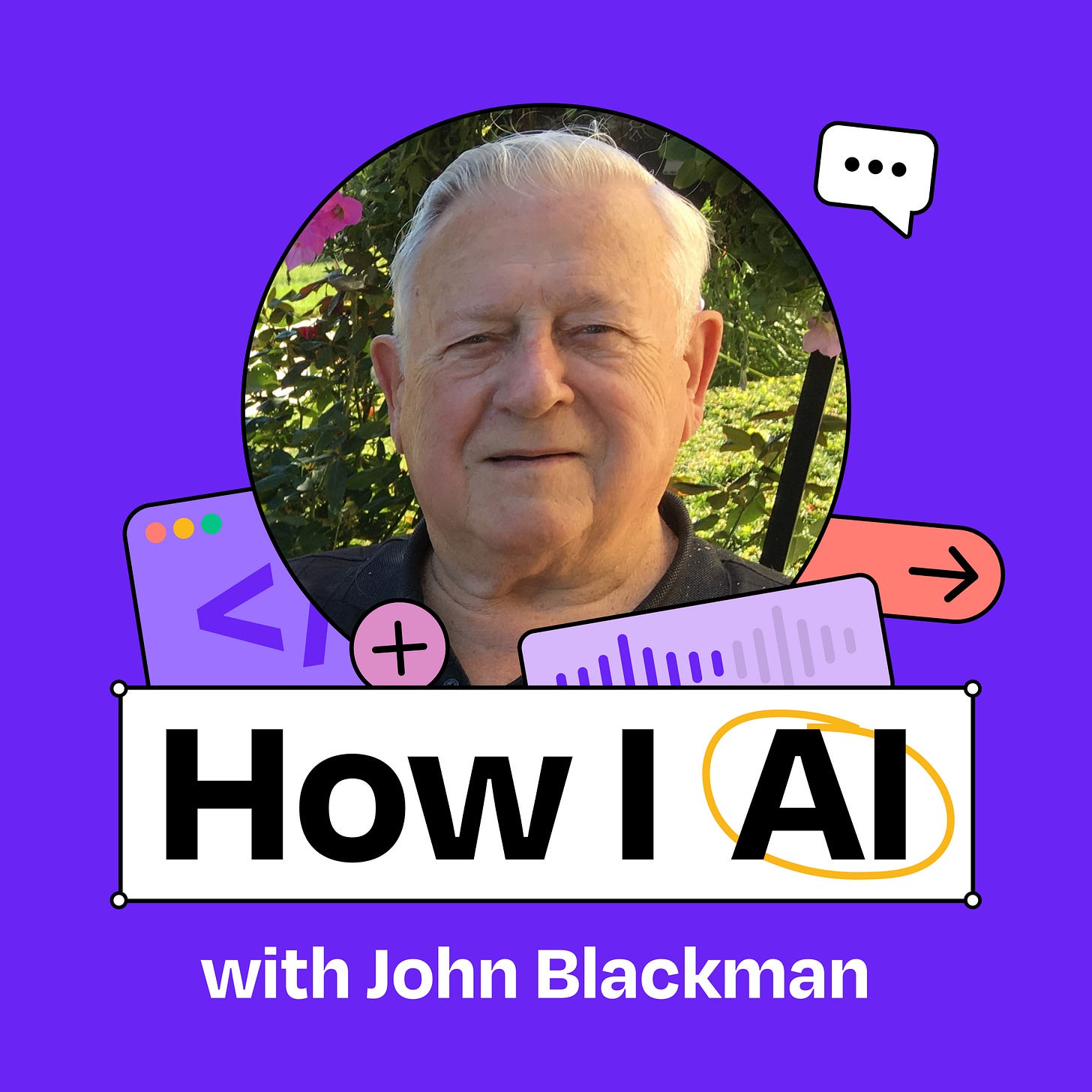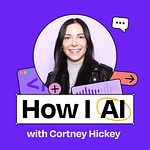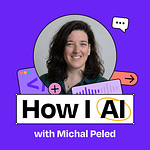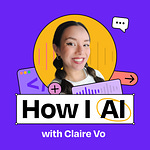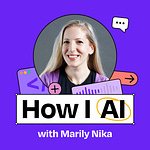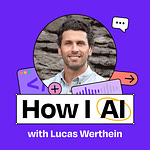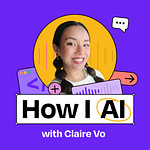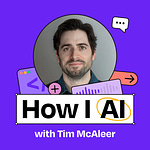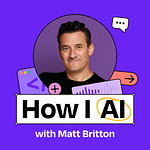Brought to you by:
WorkOS—Make your app enterprise-ready today
Orkes—The enterprise platform for reliable applications and agentic workflows
John Blackman, a 91-year-old retired electrical engineer, shares how he used Claude and Replit to build a complex application for his church’s community service events—with no prior software development experience and for less than $350. His app allows event organizers to create events, recruit volunteers, and manage sign-ups, with a standout feature for organizing free oil changes for participants.
What you’ll learn:
How John used Claude to create detailed product requirements and user stories
John’s philosophy on embracing new technology throughout his career
The exact process for integrating third-party APIs (like VIN lookup for oil changes) with minimal technical knowledge
How he automated report generation for volunteer management and resource planning
How the software generates personalized Impact Passports for event participants
Why letting AI build without preconceived notions of “correct” implementation can lead to faster, more functional results
How to troubleshoot common development-to-production issues when working with AI coding tools
Where to find John Blackman:
Website: http://johnbeng.com/
Where to find Claire Vo:
ChatPRD: https://www.chatprd.ai/
Website: https://clairevo.com/
LinkedIn: https://www.linkedin.com/in/clairevo/
In this episode, we cover:
(00:00) Introduction to John Blackman and his background
(02:55) John's impressive career
(03:59) How the church project started
(05:06) Using Claude to create a development roadmap and requirements document
(07:29) The concept of the Impact Passport for event participants
(08:57) Generating user stories and requirements with Claude
(10:32) The multi-tenant architecture with system and local church administrators
(12:54) Building the application with Replit
(13:32) Demo of the administrator interface and event management features
(17:56) Specialized reports for different services (food pantry, vision center, oil changes)
(20:30) The participant registration flow with QR code scanning
(21:55) Adding new features like volunteer name tag generation
(24:40) Troubleshooting AI "rabbit trails" during development
(26:09) Challenges moving from development to production
(27:13) John's lack of coding experience
(29:42) The advantage of having no preconceived notions about implementation
(30:25) Total development costs and timeline
(31:31) Impact and reception from the church community
(32:42) Lightning round and final thoughts
Tools referenced:
• Claude: https://claude.ai/
• Replit: https://replit.com/
• SendGrid: https://sendgrid.com/
• AutoCAD: https://www.autodesk.com/products/autocad/
Other references:
• OpenAI API: https://openai.com/api/
• VIN (vehicle identification number): https://en.wikipedia.org/wiki/Vehicle_identification_number
• Multi-tenant architecture: https://en.wikipedia.org/wiki/Multitenancy
• Role-based access control: https://en.wikipedia.org/wiki/Role-based_access_control
• Excel: https://www.microsoft.com/en-us/microsoft-365/excel
• Docusign: https://www.docusign.com/
Production and marketing by https://penname.co/. For inquiries about sponsoring the podcast, email [email protected].



